When it comes to real estate transactions, the condition of the roof plays a vital role. For buyers, a comprehensive roofing inspection helps assess the property’s overall condition and potential expenses. For sellers, a well-maintained roof can increase the value and marketability of their home. In this blog post, we’ll explore the key steps for buyers and sellers when it comes to roofing inspections in real estate transactions. By following these guidelines, you’ll be better equipped to make informed decisions and ensure a smooth buying or selling process.
 The Importance of Roofing Inspections in Real Estate Transactions
The Importance of Roofing Inspections in Real Estate Transactions
Roofing inspections are critical for both buyers and sellers in real estate transactions. For buyers, an inspection provides valuable insights into the roof’s condition, identifying potential issues and estimating repair or replacement costs. For sellers, a pre-listing inspection allows them to address any roof-related concerns before putting the property on the market, enhancing its appeal and avoiding negotiation obstacles.
Hiring a Professional Roofing Inspector
The first step for both buyers and sellers is to hire a professional roofing inspector. Look for certified and experienced inspectors who specialize in residential or commercial roofing. Request referrals, check their credentials, and ensure they have a reputation for thorough and reliable inspections. A qualified inspector will have the expertise to identify existing or potential roof problems and provide detailed reports.
Assessing the Roof’s Condition
During a roofing inspection, the inspector will thoroughly examine the roof’s condition. They will check for signs of damage, such as missing or broken shingles, leaks, sagging, or structural issues. The inspector will also evaluate the flashing, gutters, and ventilation system. They may use tools like moisture meters or drones to assess hard-to-reach areas. Understanding the roof’s condition helps buyers and sellers make informed decisions and negotiate repairs or pricing accordingly.
Estimating Repair or Replacement Costs
Based on the inspection findings, the inspector can provide an estimate of repair or replacement costs. Buyers can use this information to determine if the property fits within their budget and negotiate with sellers for necessary repairs. Sellers can assess the financial implications of potential repairs and decide whether to address them proactively or adjust the listing price accordingly. Knowing the estimated costs helps both parties navigate the negotiation process effectively.
Reviewing Roofing Inspection Reports
After the inspection, the roofing inspector will provide a detailed report. Buyers should review this report thoroughly, seeking clarification if needed, and discussing any concerns with their real estate agent. Sellers can use the report as a proactive tool, addressing identified issues and providing it to potential buyers to demonstrate transparency and confidence in the property’s condition. The inspection report serves as a valuable document for decision-making and negotiation purposes.
Consultation with Roofing Professionals
If significant issues are identified during the inspection, it may be beneficial to consult with roofing professionals for further evaluation or estimates. Roofing contractors can provide additional insights, specific repair recommendations, or quotes for necessary work. Their expertise can help buyers and sellers make more informed decisions about repairs, replacements, or ongoing maintenance.
Conclusion:
Roofing inspections are crucial in real estate transactions, providing essential information for both buyers and sellers. By hiring professional inspectors, assessing the roof’s condition, estimating repair or replacement costs, and reviewing inspection reports, you can navigate the buying or selling process with confidence. Consulting with roofing professionals further ensures that you have comprehensive knowledge about the roof’s condition and can make informed decisions regarding repairs or negotiations. By prioritizing roofing inspections, you set a solid foundation for successful real estate transactions and peace of mind in your investment.
from
https://roofingsolutionsnearby.com/article/roofing-inspections-for-real-estate-key-steps-for-buyers-and-sellers/
 Tranquility in the Treetops: Obed Wild and Scenic River
Tranquility in the Treetops: Obed Wild and Scenic River A Step Back in Time: Military Memorial Museum
A Step Back in Time: Military Memorial Museum Roof Inspections: The Secret to a Happy Home (and Wallet)
Roof Inspections: The Secret to a Happy Home (and Wallet)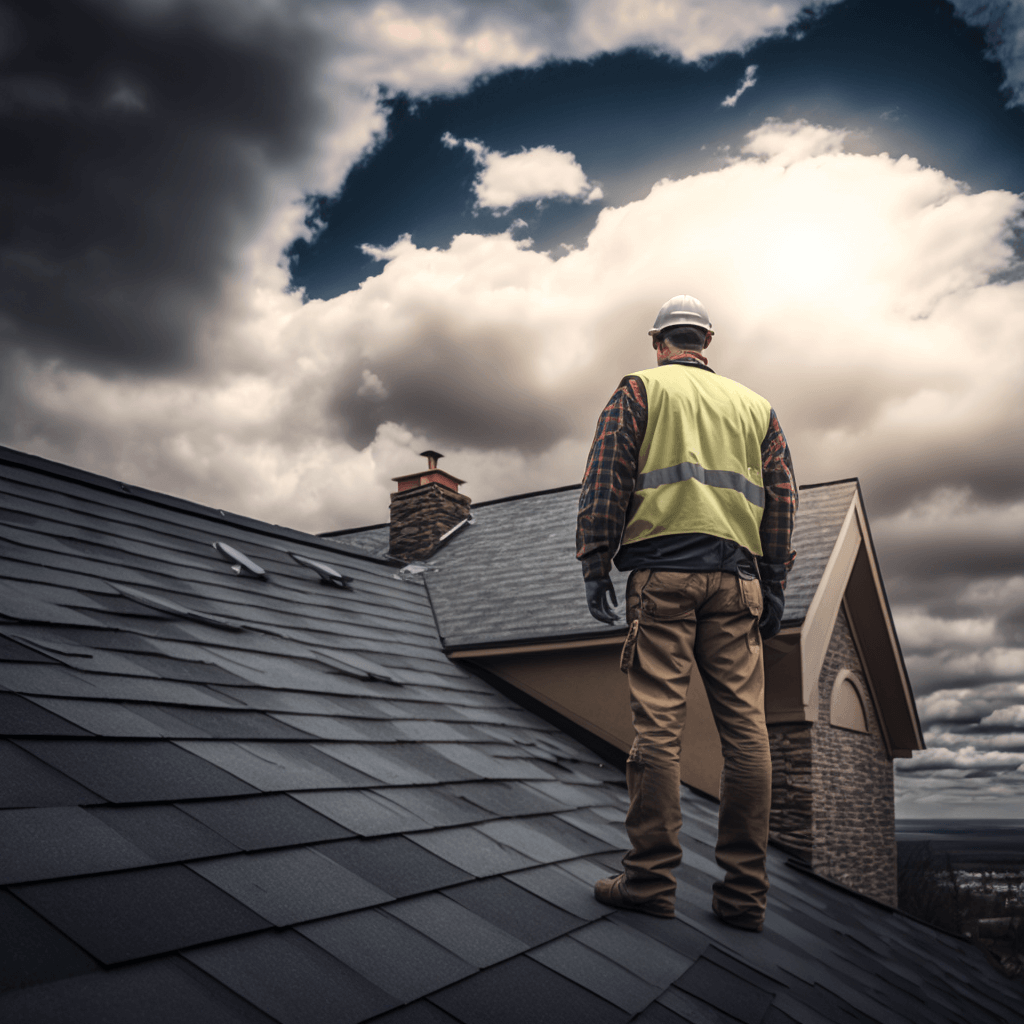 Identify Potential Safety Hazards
Identify Potential Safety Hazards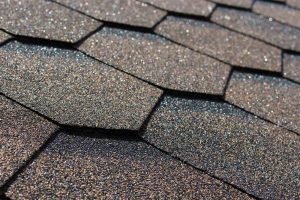 Asphalt Shingles
Asphalt Shingles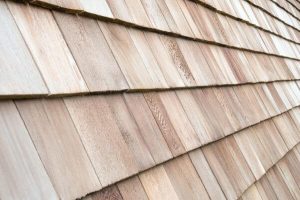 Wood Shingles
Wood Shingles Tile Shingles
Tile Shingles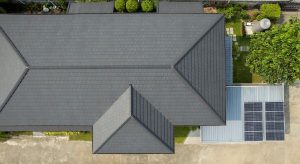 Slate Shingles
Slate Shingles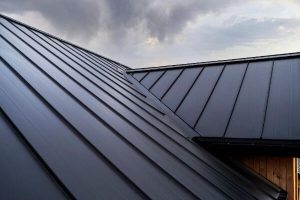 Metal Shingles
Metal Shingles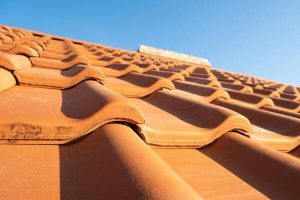 Terracotta and clay are great material choices for hot weather. They are heat-resistant and extremely durable. Not only are they strong and dependable, but they can be very aesthetically pleasing, adding a nice zest to the outside appearance of your home.
Terracotta and clay are great material choices for hot weather. They are heat-resistant and extremely durable. Not only are they strong and dependable, but they can be very aesthetically pleasing, adding a nice zest to the outside appearance of your home.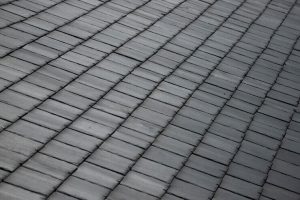 Another great material for your shingles is slate tiles. This is a natural material that is often requested by homeowners who value the vintage look. The lighter-colored slate tiles help to reflect the heat, while darker-colored tiles absorb it, Make sure that you have a balanced amount of each. Keep in mind that the prices for slate tiles might be more than other options.
Another great material for your shingles is slate tiles. This is a natural material that is often requested by homeowners who value the vintage look. The lighter-colored slate tiles help to reflect the heat, while darker-colored tiles absorb it, Make sure that you have a balanced amount of each. Keep in mind that the prices for slate tiles might be more than other options.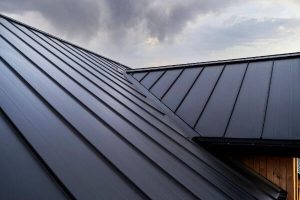 Metal sheets, contrary to popular belief, are great options for roofing material in hotter climates. They are extremely durable. If you choose a lighter color of metal, the shingles will efficiently resist heat without letting the sun’s rays in. They are also a great option for budget-savvy homeowners; they will quickly pay for themselves in their performance.
Metal sheets, contrary to popular belief, are great options for roofing material in hotter climates. They are extremely durable. If you choose a lighter color of metal, the shingles will efficiently resist heat without letting the sun’s rays in. They are also a great option for budget-savvy homeowners; they will quickly pay for themselves in their performance. Asphalt is a common roofing material seen in colder climate areas because it maintains its structural integrity so well against the colder elements. If your roof does incur damage, it is very easy for a professional to replace the damaged shingles. If you decide to go with an asphalt material, make sure you talk to us about impact-resistant shingles, so you can really get more bang for your buck.
Asphalt is a common roofing material seen in colder climate areas because it maintains its structural integrity so well against the colder elements. If your roof does incur damage, it is very easy for a professional to replace the damaged shingles. If you decide to go with an asphalt material, make sure you talk to us about impact-resistant shingles, so you can really get more bang for your buck.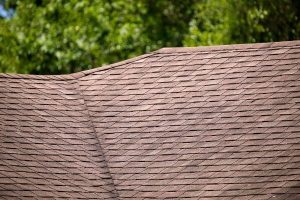 Composite shingles are a lightweight alternative to a slate and cedar shake that is becoming quite popular. So long as you have a great foundation on your house, this type of material will offer more than enough reinforcement to your roof. It will keep you and your family safe and warm in the colder climates.
Composite shingles are a lightweight alternative to a slate and cedar shake that is becoming quite popular. So long as you have a great foundation on your house, this type of material will offer more than enough reinforcement to your roof. It will keep you and your family safe and warm in the colder climates.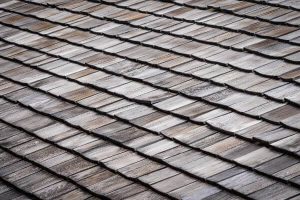 We didn’t forget about wood shingles. This type of shingle is often used in cold climates because it can provide twice the amount of insulation that an asphalt roof does. Wood shingle material will last about 25 years, so you won’t have to worry about replacing it for quite some time.
We didn’t forget about wood shingles. This type of shingle is often used in cold climates because it can provide twice the amount of insulation that an asphalt roof does. Wood shingle material will last about 25 years, so you won’t have to worry about replacing it for quite some time.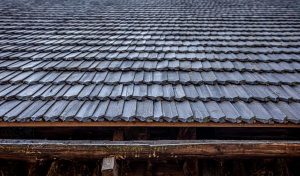 Wood shake roofs are also a great material to use in cold climates. Because wood shakes are even thicker than wood, they will be able to resist stronger winds, rain, and hailstones better than other roof materials. Wood shake roofs last up to about 35 to 40 years if maintained properly.
Wood shake roofs are also a great material to use in cold climates. Because wood shakes are even thicker than wood, they will be able to resist stronger winds, rain, and hailstones better than other roof materials. Wood shake roofs last up to about 35 to 40 years if maintained properly.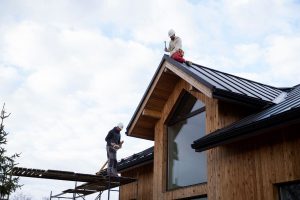 Signs that you might have found a Bad Roofer
Signs that you might have found a Bad Roofer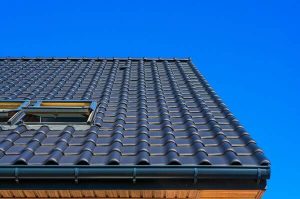 What Are Solar Roof Tiles?
What Are Solar Roof Tiles?